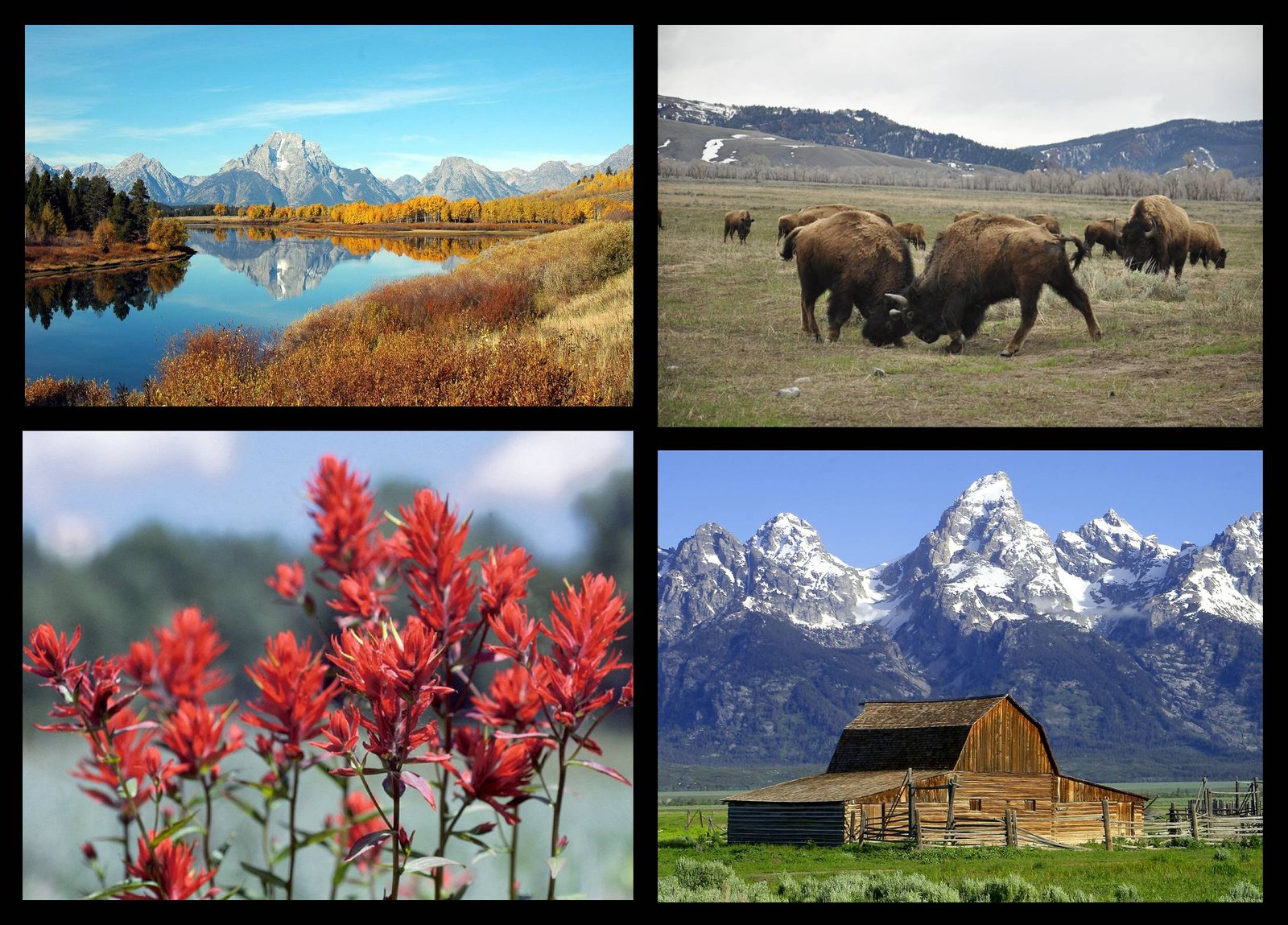Grand Teton National Park, a breathtaking wilderness of rugged peaks and challenging terrain, has witnessed several tragic hiker fatalities over decades. These incidents highlight the critical importance of understanding mountain environment risks, proper preparation, and respecting nature’s unpredictable conditions. From steep snow-covered trails to sudden weather changes, hikers face multiple potential dangers that demand comprehensive safety awareness and strategic planning.
What Makes Grand Teton National Park Dangerous for Hikers?

Grand Teton’s mountainous landscape presents unique challenges that contribute to potential hiking risks:
Environmental Hazards
- Steep, exposed mountain faces
- Rapid weather transitions
- Unpredictable snow and ice conditions
- High-altitude terrain complexity
Statistical Risk Overview
| Mountain | Rescue Missions | Fatalities (1997-2017) |
|---|---|---|
| Teewinot | 27 | 7 |
| Grand Teton | 96 | 15 |
How Do Hiking Accidents Typically Occur?

Most hiking fatalities in Grand Teton result from a combination of factors:
- Poor Decision Making
- Starting expeditions late
- Inadequate nutrition
- Insufficient hydration
-
Underestimating terrain difficulty
-
Technical Challenges
- Lack of proper mountaineering equipment
- Insufficient technical climbing skills
- Inadequate understanding of route complexity
What Specific Incidents Demonstrate Park Dangers?
Notable Documented Cases
Buck Mountain Tragedy (June 28, 1987)
- Location: Buck Mountain
- Circumstances: Climber fell 500 feet after attempting to rescue a stranded partner
- Cause: Potential rock dislodgement during rescue attempt
Teewinot Mountain Incident (June 2017)
- Victim: Burak Akil
- Details: Fatal slide on steep snow while descending alone
- Critical Error: Not utilizing available safety equipment
What Safety Precautions Can Hikers Implement?
Essential Preparation Strategies
- Carry appropriate mountaineering gear
- Use ice axes and crampons on snow terrain
- Wear protective helmets
- Communicate hiking plans with emergency contacts
- Understand personal skill limitations
What Emergency Response Capabilities Exist?
Rescue Team Capabilities
- Rapid mountain rescue protocols
- Helicopter search and extraction
- Trained wilderness medical professionals
- Advanced communication systems
Who Should Consider Hiking in Grand Teton?
Recommended Skill Levels
- Advanced mountaineering experience
- Technical climbing certification
- Physical fitness and endurance
- Comprehensive wilderness survival training
What Are the Primary Risk Mitigation Strategies?
- Professional training
- Comprehensive equipment preparation
- Detailed route research
- Weather monitoring
- Conservative decision-making
Final Safety Recommendation
Always prioritize personal safety over summit achievements. Mountains will remain, but lives cannot be recovered.
Conclusion
Understanding the risks associated with hiking in Grand Teton National Park is crucial for survival. Proper preparation, respect for environmental conditions, and realistic self-assessment can significantly reduce potential fatal incidents.
